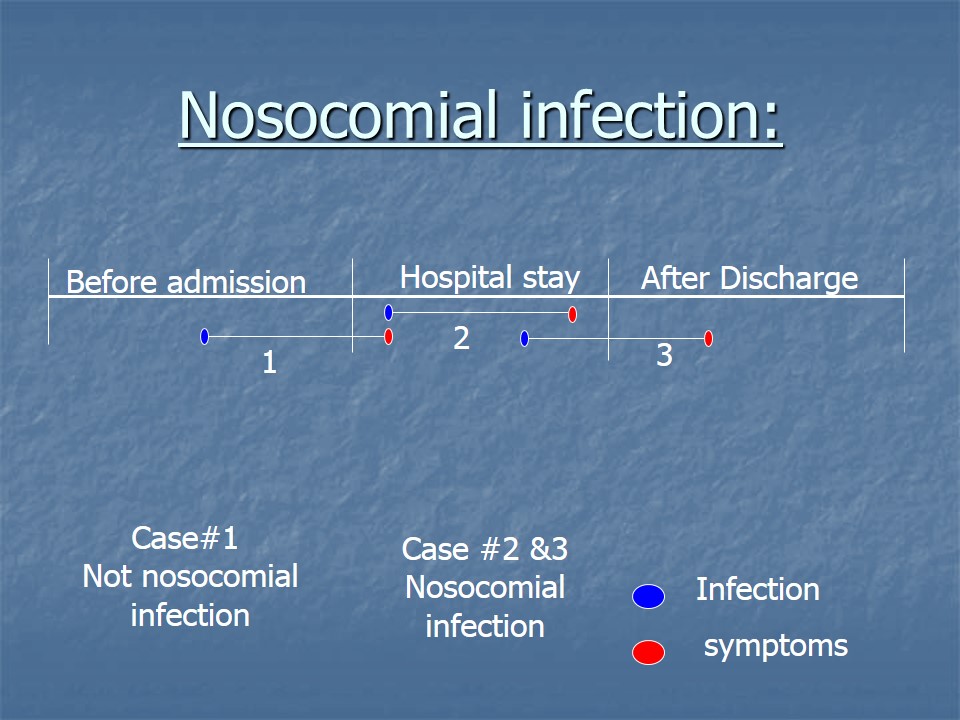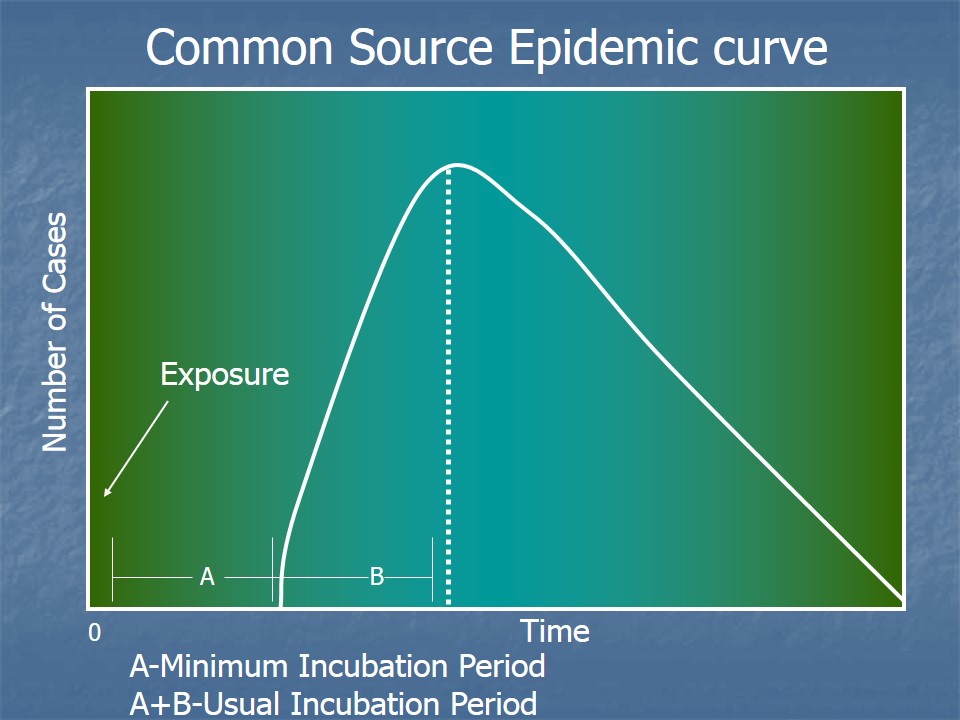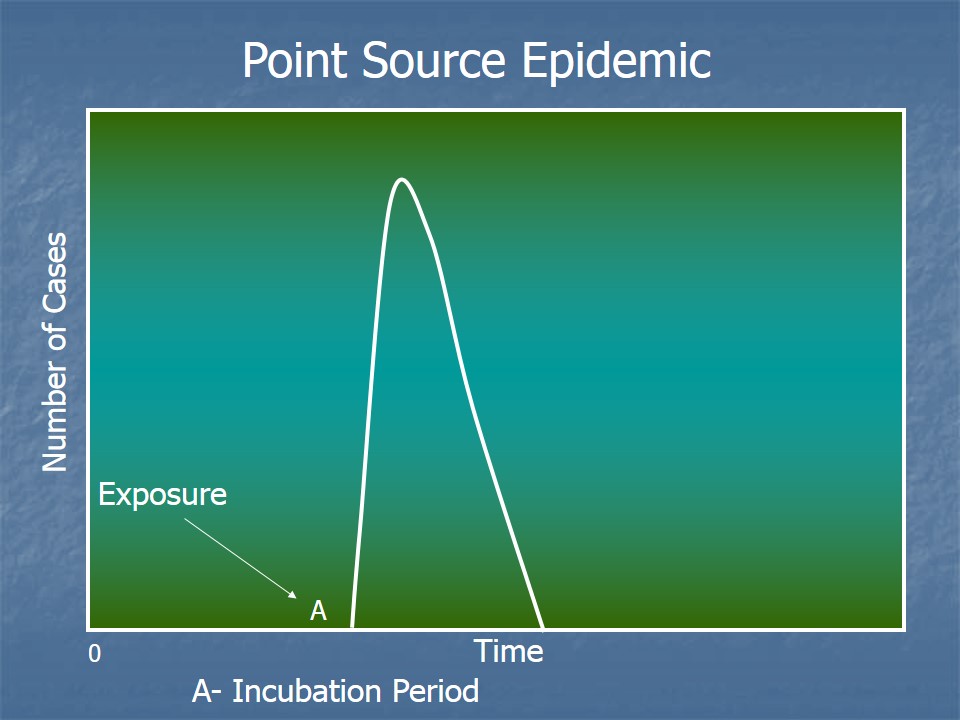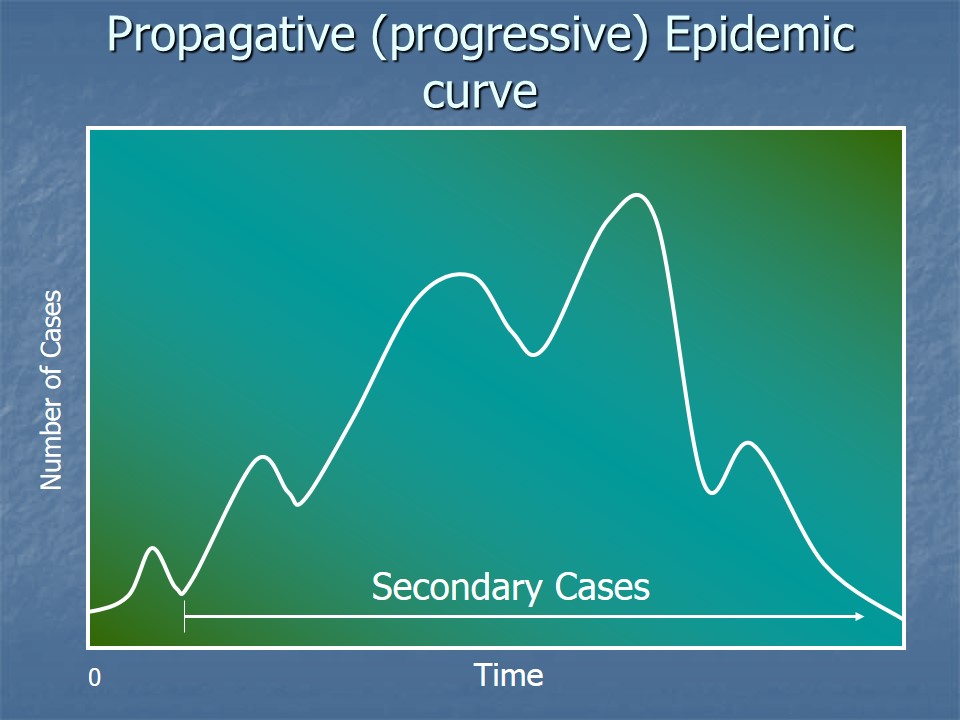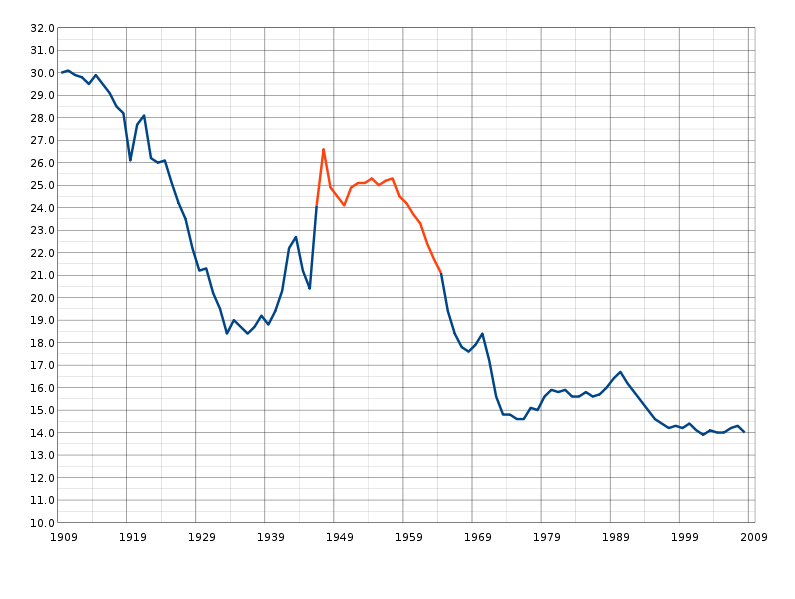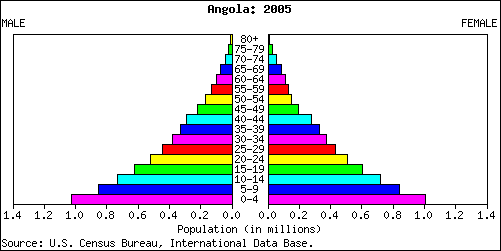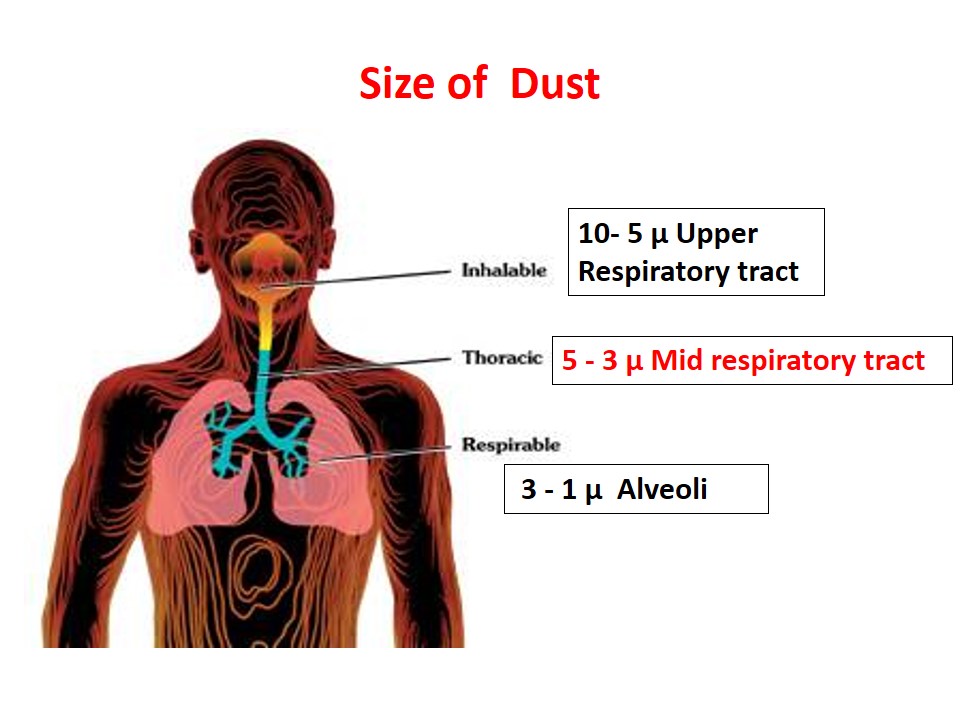Infections may be:
- Nosocomial
- Cross Infections
- Infestation
- Epizootic
- Enzootic
- Zoonosis
- Exotic
- Opportunistic
Nosocomial infection:
An infection occurring in a patient in a hospital or other health-care facility and in whom it was not present or incubating at the time of admission or residual of an infection during the period of previous admission. It includes infection (unrelated to the primary condition) acquired in the hospital but appearing either before or after discharge and also such infection among the staff of the facility. Various types of the nosocomial infections may be:
1. Exogenous:
Which are acquired from contaminated hospital environment air, water, food, equipment, infected staff, infectious patients, etc.)
2. Endogenous:
Which are acquired from patient’s normal flora
Cross infection:
This is the infection acquired by an admitted patient from the other patients during the period of hospitalization.
Infestation:
For persons or animal, the lodgement, development and reproduction of arthropods on the surface of the body or in the clothing. Infested articles or premises are those which harbor or give shelter to animal forms, especially arthropods and rodents.
Zoonosis:
It is an infection or infectious disease transmissible under natural conditions from vertebrate animal to man. It may be:
1. Enzootic:
It is identical to endemic in man.
2. Epizootic:
It is identical to epidemic. Outbreaks that affect large number of animals are referred to as epizootic.
Exotic:
It is an infection that is not usually present in the given country but introduced from abroad
Iatrogenic:
It is an adverse consequence of a preventive, diagnostic or therapeutic regimen or procedure.
Opportunistic:
An infection caused by the micro-organism which are not normally pathogenic but can assume pathogenecity, when the immune status is compromised.
Distribution of Infections
1. Pandemic:
Global occurrence of a disease.
Pandemics are widespread epidemics that achieve large geographic proportions.
Example: during the influenza pandemic of the 19th century, millions of people across the continents were affected. Today, AIDS is considered to be the most alarming pandemic of the century.
2.Endemic:
The constant presence of a disease or infectious agent within a given geographic area, may also refer to the usual prevalence of a given disease within such area.
3. Sporadic :
It refers to the scattered presence of the disease in the given population (a case here and a case there). This indicates that the number of the susceptible is less than the number of resistant in the population
4. Epidemic:
This is occurrence, in a community or region, of cases of an illness (an outbreak) clearly in excess of expected occurrence. This indicates that the number of susceptible is more than the resistant in the community.
Epidemic are classified as follows:
1. Common source epidemics
2. Point source epidemics
3. Propagative (progressive) Epidemics
Common Source Epidemic
In common source epidemics, all susceptible individuals are exposed to a specific infectious pathogen or noxious agent (chemicals, pollution, heat, etc) originating from a usual, conventional or customary source that is common exposure.
Mode of transmission:
1. Indirect (vehicle borne)
1.1 Food
1.2 Water
1.3 Air
1.4 Fomites
2. No direct transmission
In common source epidemic curve
- Fewest number of cases become apparent after a minimum incubation period and that the largest number peaks at the end of the usual incubation period.
- Unimodal shape.
- Although common source epidemics may involve only one incubation period of an organism, repeated or prolonged population exposure to the common source often involves infection by a pathogen over the course of more than one incubation period , producing a wide peak or apex in the common source curve.
Point source Epidemic
In a point source epidemic, all susceptible individuals are exposed to a specific pathogen at one point in time. Point source epidemics are essentially a subcategory of the common source epidemic in which common exposure to the offending pathogen or agent is both brief and simultaneous.
In point source epidemic:
1. All the cases are in one incubation period of the infectious agent.
2. Apex is much sharper.
3. Rapid decline as compared to common source.
4. No secondary transmission is seen.
Propagative (progressive) Epidemic
In propagative (progressive, serial transmission) epidemics, the pathogen is transmitted from person to person.
Mode of transmission:
Direct:
1.genital
2.anal
3.oral
4.skin Contact
5.Droplets(fungi, bacterial spores)
Indirect:
In which the pathogen is either vectorborne (arthropods) or airborne (dried droplet residues and dust)
In propagative (progressive) epidemic curve
1. Curve for a propagative epidemic shows an initial rise in the number of cases that is less explosive than in a point source epidemic.
2. Successive generations of secondary infection produce a polymodal distribution conforming to several generations of incubation period.
 howMed Know Yourself
howMed Know Yourself
